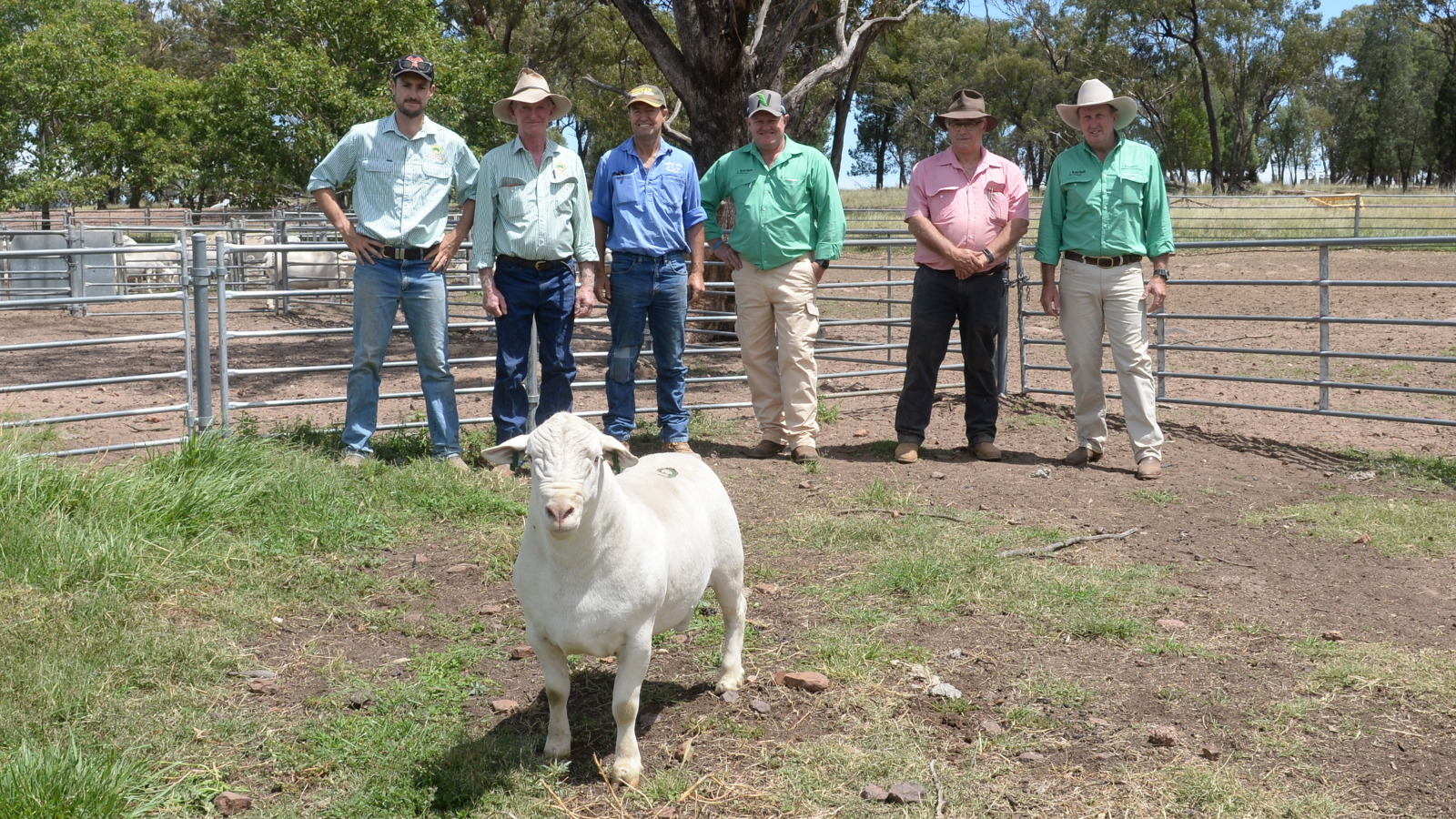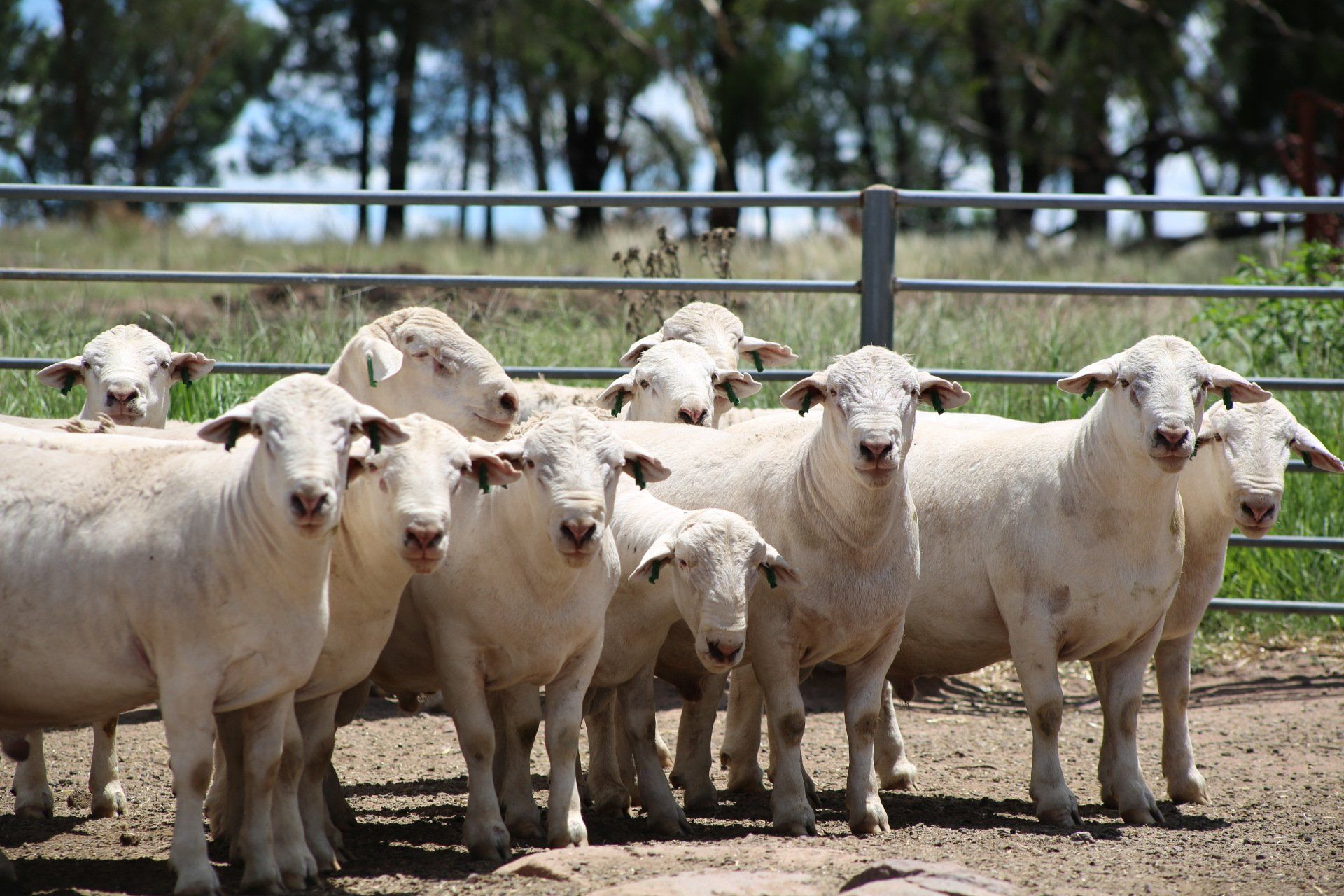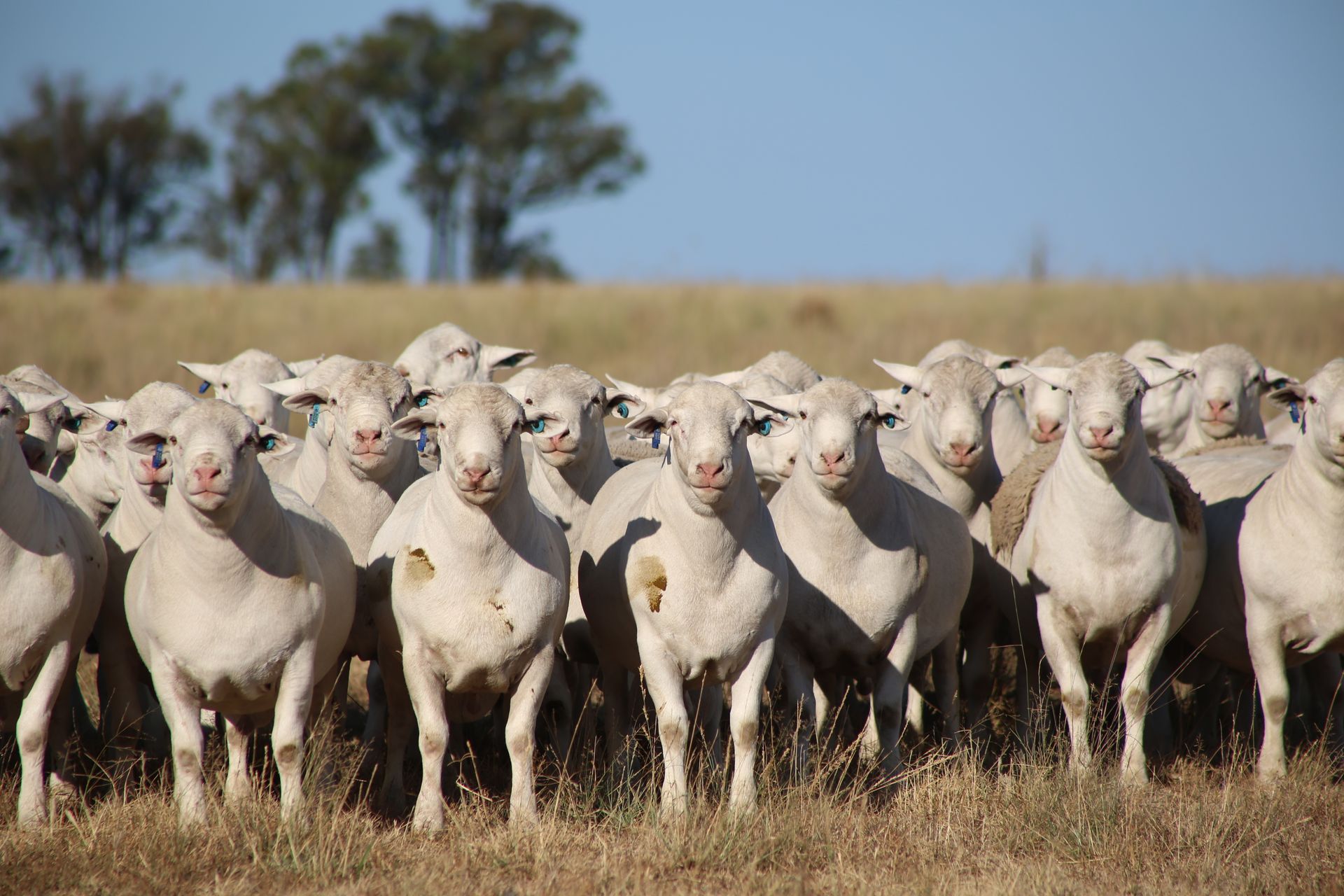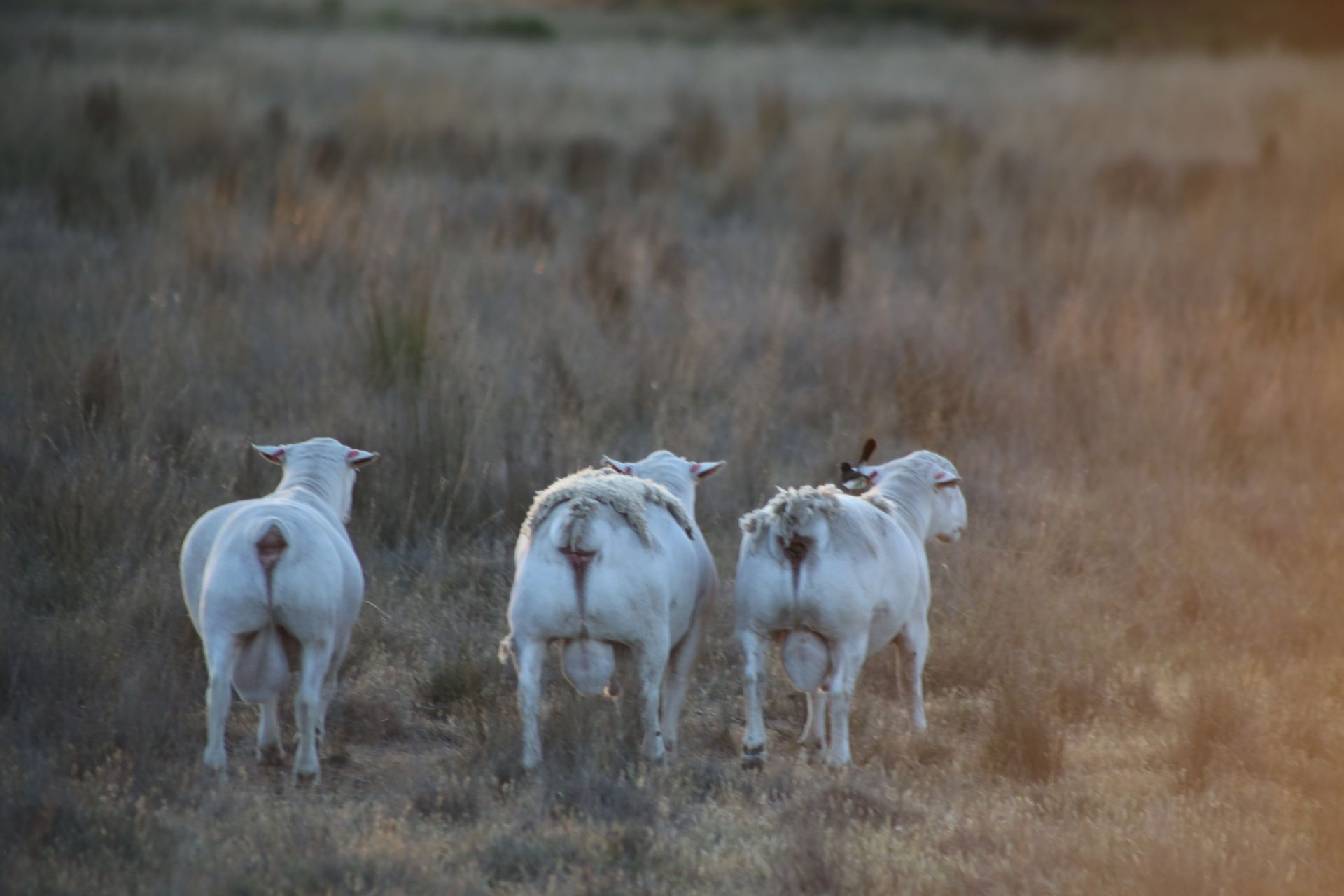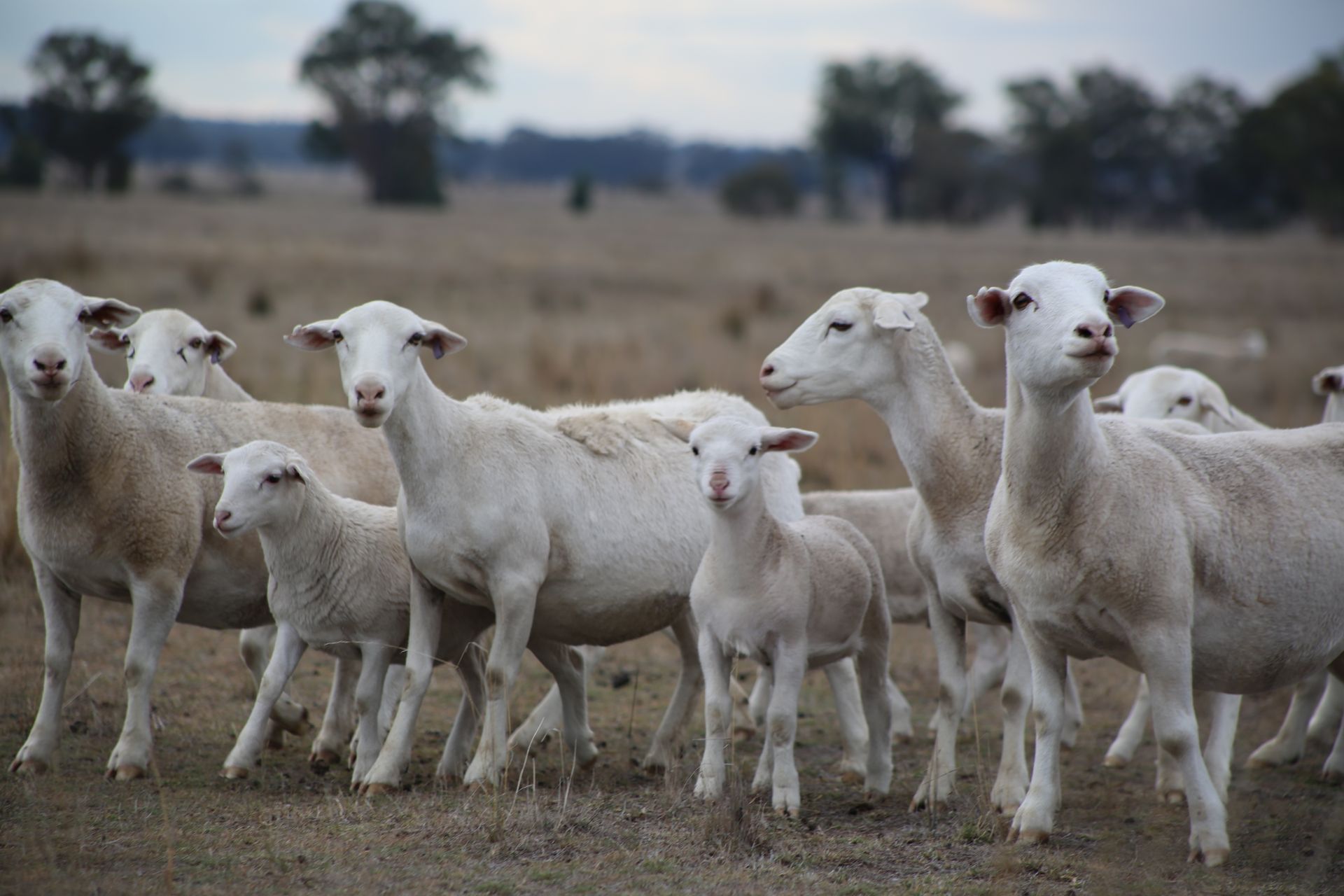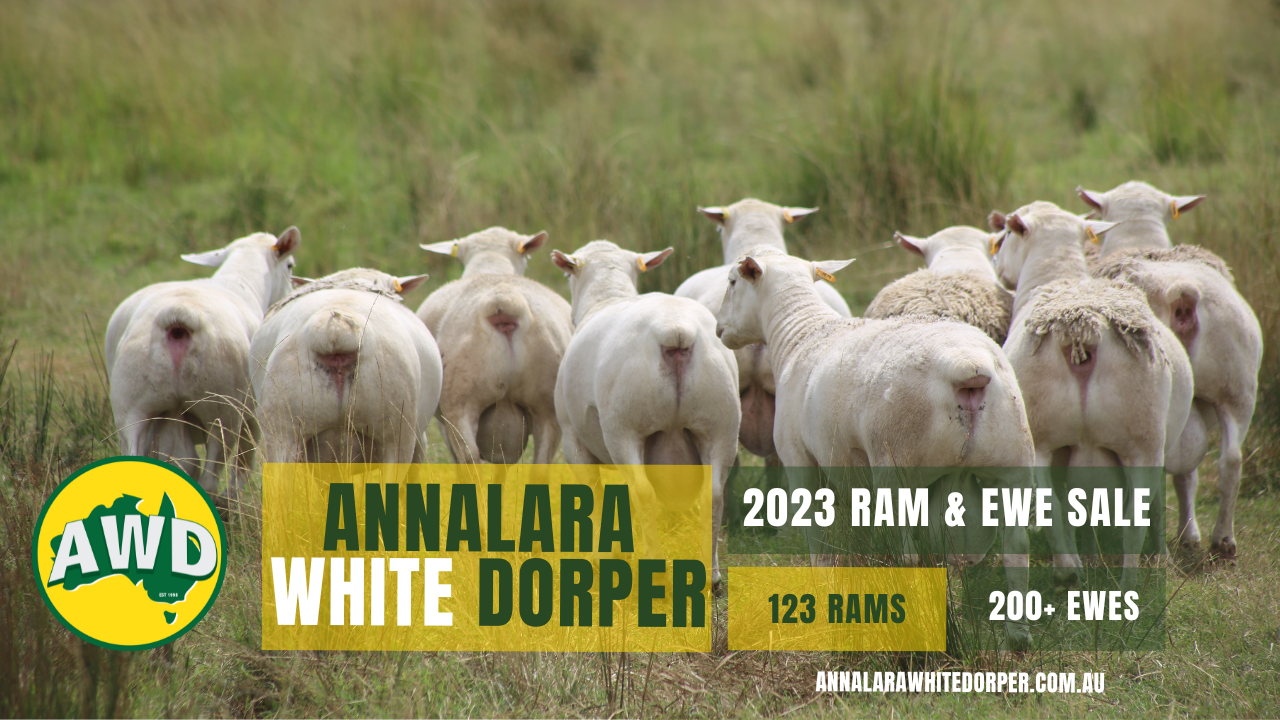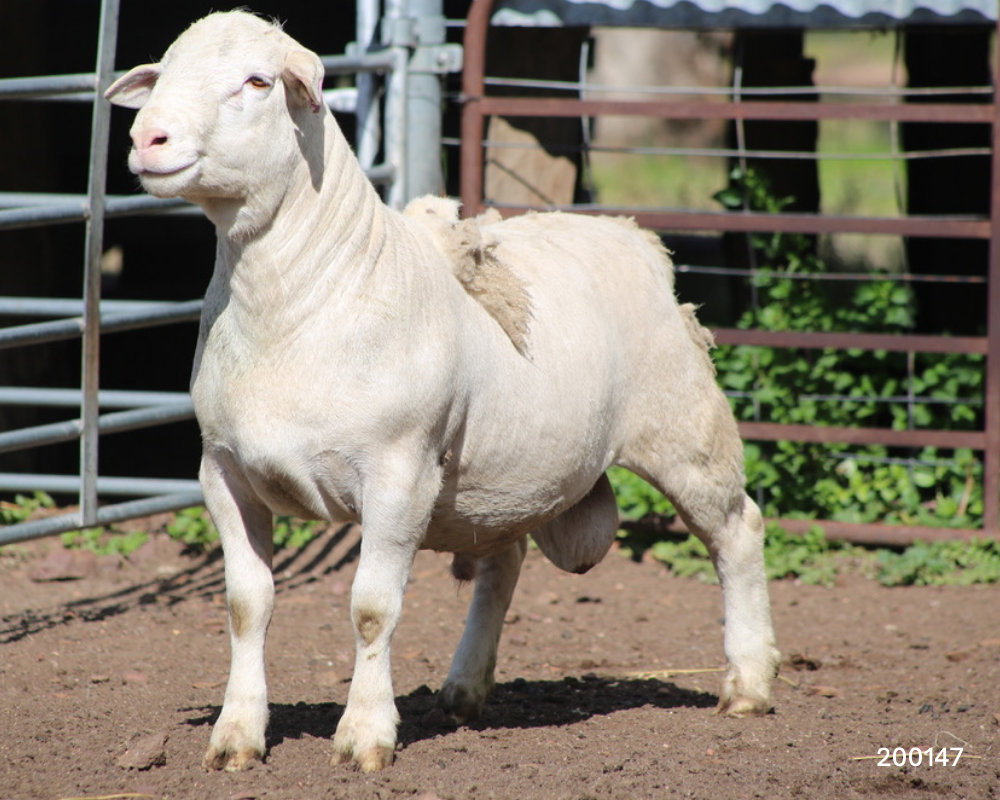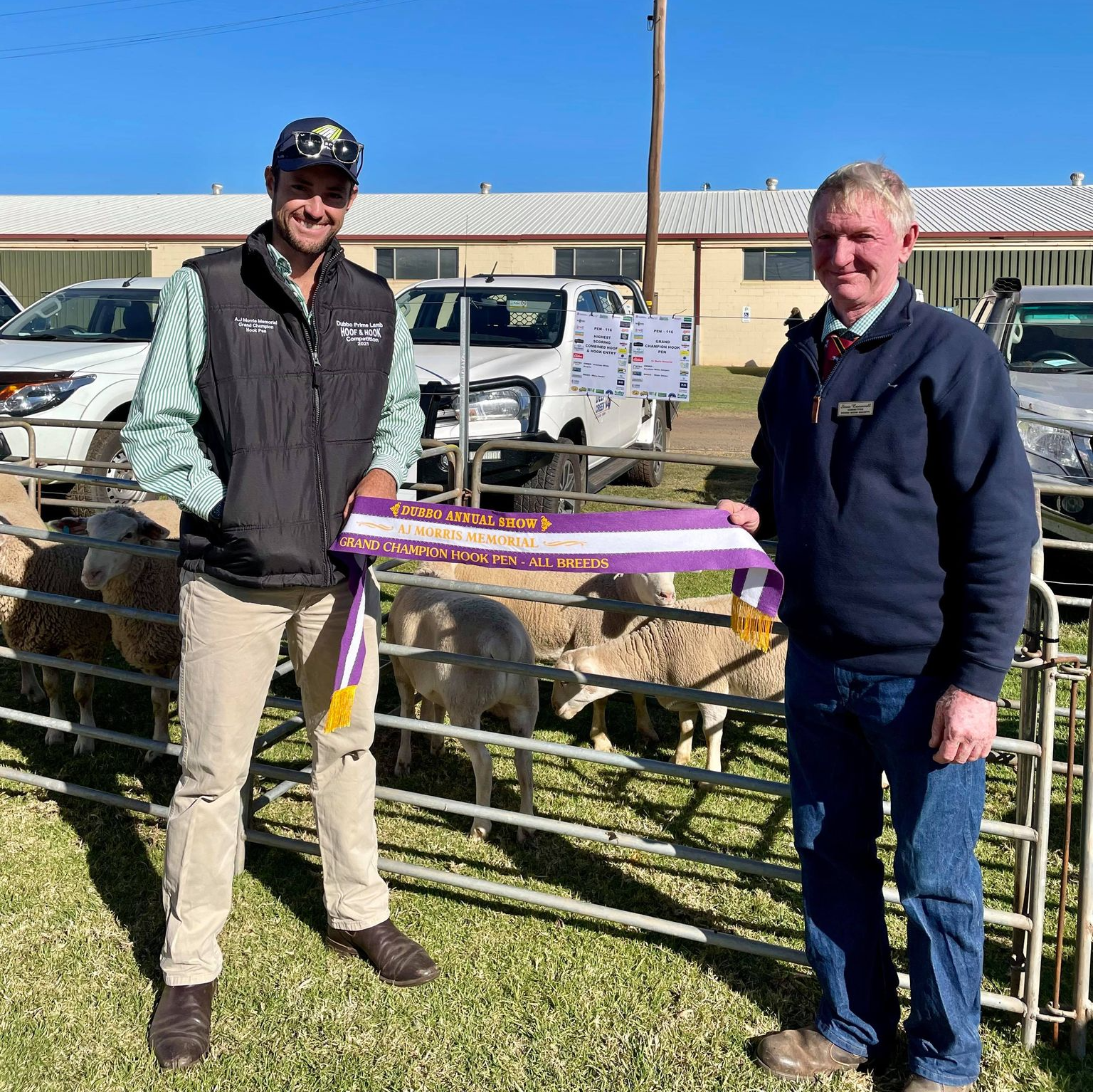Are You Breeding Rams at Home? This Article Is For You
The Rise of Home-Breeding Rams: A Genetic Risk to Herds
I've seen more and more producers opting to breed their own rams instead of buying from established studs and it's not just within White Dorper or Black Dorpers. On the surface, it makes sense—saving money, controlling genetics, and keeping things simple. But after years in the industry, we've learnt that this approach can be a double-edged sword. While home-breeding rams might seem like a cost-effective solution, it carries significant genetic risks that could hurt the long-term productivity and resilience of the flock. Inbreeding, reduced genetic diversity, and weakened performance traits are real issues that can quietly creep in and undermine years of hard work. We want you to be able to get to your objectives in 3 years not 8 years.
The Risks of Genetic Decline
Inbreeding and Reduced Hybrid Vigor
I get why so many producers are taking this route. The appeal is obvious:
- Cost Savings: Avoiding the hefty price tags on stud rams.
- Control Over Genetics: Choosing traits that suit specific conditions.
- Convenience: Not having to deal with transport and outside purchases.
But these benefits can quickly turn into problems if the breeding program isn’t managed properly.
One of the biggest concerns with home-breeding is inbreeding. The genetic pool shrinks, and before you know it, you’re dealing with:
- More hereditary diseases.
- Lower fertility rates.
- Poorer growth rates and feed efficiency.
- Weaker immune systems, leaving flocks vulnerable to disease outbreaks.
Loss of Performance Traits
Stud breeders put in the hard work to improve genetics for things like:
- Carcass quality.
- Faster weight gain.
- Wool production (for wool breeds).
- Resistance to parasites and disease.
If home-bred rams are used for multiple generations, these crucial traits can fade, leading to lower overall productivity.
Increased Risk of Recessive Genetic Disorders
Inbreeding also increases the chances of recessive genetic disorders showing up in the flock. Without proper genetic testing and controlled breeding, producers may unintentionally pass on harmful traits that take years to correct.
Best Practices to Mitigate Genetic Risks
If you’re set on home-breeding rams, careful management is key. Here’s how to keep your flock strong:
Regularly Introduce New Genetics
- Buy in fresh genetics from reputable studs every few breeding cycles.
- Keep solid breeding records to track bloodlines and avoid close inbreeding.
- Use Estimated Breeding Values (EBVs) to make smart selection choices.
- Prioritise traits that will improve the flock over time, not just short-term gains.
At AWD HQ we look for long-term to get a short term reward along the way. We want high yielding carcass giving you more money and breeding an efficient animal if you're East or West of the Newell. White Dorpers are for you.
Home-breeding rams might seem like a great way to cut costs, but without a solid plan, it can backfire. Inbreeding, genetic drift, and loss of hybrid vigor can creep in and damage the productivity of a flock. The best approach? Strike a balance. Bring in outside genetics by all means that doesn't just mean ours, keep detailed records, and use selective breeding strategies. That way, you get the best of both worlds—cost savings and a genetically strong, high-performing flock that will sustain itself for years to come.
Better than this article, come and see what we do best, breed rams. Call Jack 0400 985 337
Share this with your community
Annalara White Dorper blog

